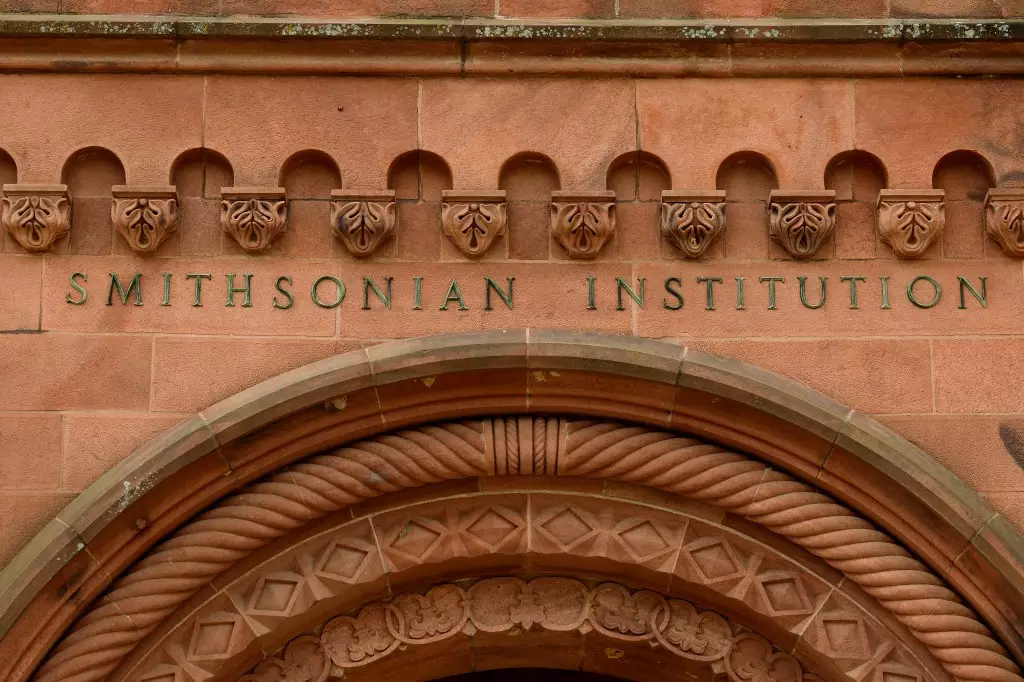In an unprecedented move, former President Donald Trump implemented an executive order known as “Restoring Truth and Sanity to American History,” aiming to fortify a specific narrative surrounding the United States’ past. With rhetoric that suggests a pervasive ideological assault on factual history, this directive is not simply a conservative pushback; it represents an alarming attempt to influence public perception by sanitizing our history. The consequences of this order extend beyond historical revisionism, tapping into deeper societal concerns regarding identity, inclusivity, and the moral responsibility of cultural institutions.
Targeting National Symbols
By specifically naming the Smithsonian Institution, Trump’s order aggressively targets an essential American educational bastion that strives to present a comprehensive narrative of our history, inclusive of both light and dark moments. The assertion that the Smithsonian promotes a “corrosive ideology” seeks to label any critical examination of history as un-American, which not only undermines the integrity of historical scholarship but also ignores the constructive purpose of reflecting on our past mistakes. Removing exhibits that explore uncomfortable truths about race or gender, for example, is a blatant attempt to erase the lived experiences of many Americans and to impose a homogenized view of history devoid of its complexities.
Legislating Ideology
A worrying aspect of Trump’s executive order is its requirement for the Vice President and the Office of Management and Budget to collaborate with Congress to prohibit funding for what they deem “improper ideologies.” This opens a floodgate of potential censorship, where financial resources can effectively be weaponized against cultural institutions that dare to present narratives considered less favorable to the reigning political mindset. Such control undercuts the essential role of the arts and education as spaces for questioning and reflection, transforming them into propaganda tools for a singular ideology.
The Monumental Shift
The directive to reassess and potentially restore controversial monuments stands as a powerful statement in Trump’s pursuit of historical purity. This is not merely about statues; it plays into a broader narrative about who gets to represent American identity. By attempting to reinstate monuments that fit a more sanitized version of history, Trump’s administration further entrenches divides across the nation. The nuanced discussions around historical figures—acknowledging both their contributions and their failings—are lost in this dichotomy of glorification versus vilification.
The “Woke” Cultural Backlash
Moreover, the recent actions regarding the Kennedy Center hint at a broader “woke” cultural backlash that permeates not only politics but also the arts. By attempting to vilify programming that reflects diverse perspectives, the former President creates an environment in which art becomes a battleground for ideological purity. The cancellation of anticipated productions, such as the opera “Fellow Travelers,” serves as a grim reminder of how the politics of fear and control can stifle artistic expression. We must question whether this assault on culture is an attempt to dissuade society from reflecting on its uncomfortable truths.
Trump’s executive order and its implications demonstrate how the distortion of history can be utilized as a tool for political narratives. Such attempts to redefine our shared past can result in a nation that continues to repeat its mistakes rather than learning from them.


Leave a Reply